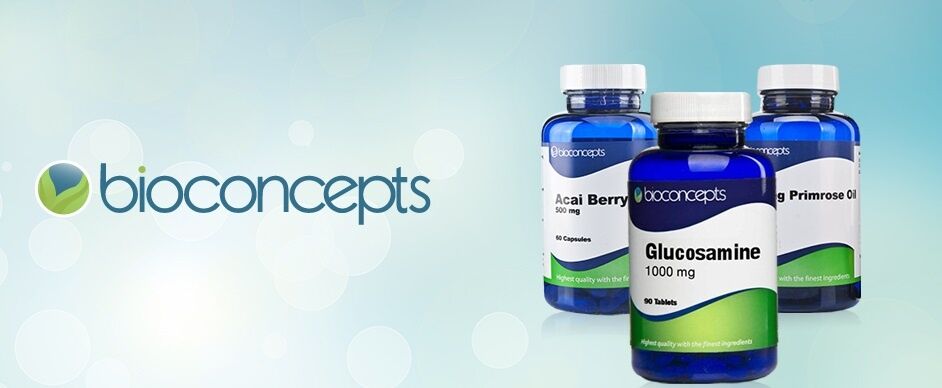
Zinc-rich foods
Zinc is an essential mineral that plays an important role in the human body. It's known to improve one's sense of smell, and immune system. It works in the body to build proteins, trigger enzymes, create DNA, and much more. When the body lacks zinc, it can lead to problems with stunted growth, diarrhoea, impotence, hair loss, eye and skin disease, and loss of appetite and immunity.
Taking a healthy amount of zinc each day, either through zinc supplements or zinc foods is linked to the production of male testosterone and the lessening of PMS symptoms in women. Zinc also helps to boost the health of prenatal babies and is a necessary component for healthy birth weight.
However, you must be cautious that consuming too much zinc can cause short term effects like nausea, vomiting, loss of appetite, abdominal cramps, headaches, and diarrhoea. Taking too much zinc can long term effects like disrupted absorption of copper and iron.
The current daily value (%DV) for zinc is 15 mg. Following is a list of the top ten zinc-rich foods and amount of zinc per serving size. If you currently have zinc deficiency, keep in mind that animal foods are a better source of zinc than plant foods.
1. Seafood: Cooked oysters contain approximately 78.6 mg (524% DV) zinc per 100 g. Crabs contain the daily value of 43% zinc and lobster 41%.
2. Beef and lamb: Cooked, lean beef and lamb contains 12.3mg (82% DV) in every 100g. Lamb is a great source of Zinc and 3 oz of lean foreshank contain 49% DV, 3 oz of lean shoulder contain 46% DV, and 3 oz of lean cubed lamb for stewing contain 37% DV.
3. Wheat Germ: When toasted, wheat germ contains 16.7 mg (111%DV) of zinc for every 100 g. A 113 g cup of toasted wheat germ contains 18.8mg (126%DV) of zinc, and per 28g ounce it contains 4.7 (31%DV) of zinc. Untoasted or crude wheat germ is also a good source of zinc and provides the body with about 94%DV for every cup.
4. Spinach: 100g of cooked spinach contains 0.8mg (5%DV) of zinc. A 180g cup, cooked spinach contains 1.4mg (9% DV) of zinc, and for every 100g of raw spinach roughly 0.5mg (4%DV) of zinc is present. Other leafy greens like amaranth leaves, endive, and radicchio contain zinc as well.
5. Pumpkin and squash seeds: 100g of seeds contains 10.3mg (69%DV) of zinc. For every 64g cup of seeds, 6.6mg (44%DV) is found, and for every 28g ounce, 2.9mg (19%DV) is found. Sunflower seeds provide 10%DV, chia, 9%DV, and flaxseeds 8%DV.
6. Nuts: Cashews in particular contain more zinc than other nuts. For every 100g of roasted cashews the body absorbs 5.6mg (37%DV) of zinc. For every 137g cup, 7.7mg (51%DV) is found, and for every 28g ounce, 1.6mg (10%DV) is found. Other nuts provide zinc as well. Pine nuts provide 12%DV, pecans 9%DV, almonds 6%DV, peanuts 6%DV, and hazelnuts 5%DV.
7. Cocoa and chocolate: 100g of cocoa powder provide the body with 6.8mg (45%DV) of zinc. For every 86g cup of cocoa the body receives 5.9mg (39%DV) of zinc, and for every 5g tablespoon it receives 0.3mg (2%DV) of zinc. Dark baking chocolate is also high in zinc and provides you with roughly 85%DV per cup grated and 19%DV per 29g square.
8. Cooked, lean pork and chicken: 100g of this cooked lean meat provides the body with 5.0mg (33%DV) of zinc. A steak of 147g provides you with 7.4mg (49%DV) and for every 3 oz your body receives 4.3mg (28%DV) of zinc. For every chicken drumstick, your body receives 15% DV of zinc.
9. Beans: 100g of beans contains 0.5mg (3%DV), a 124g cup contains 0.6mg (4%DV), and per 3 oz it contains 0.4mg (2.5%DV). Other beans also provide you with zinc. Baked beans give you 39%DV, adzuki 27%DV, chickpeas 17%DV, and kidney beans 12%DV.
10.Mushrooms: 100g of cooked white mushrooms provides you with 0.9mg (6%DV) zinc, a 156 cup of diced mushrooms provides you with 1.4mg (9%DV) zinc, and per mushroom you get 0.1mg (1%DV) zinc. Other mushrooms are high in zinc too. Morel provides 9%DV, brown and portabella 5%, Oyster 4%, and white 2%. Four dried shitake mushrooms contain 8% DV of zinc, and 4 raw shitake contain 4%DV of zinc.

